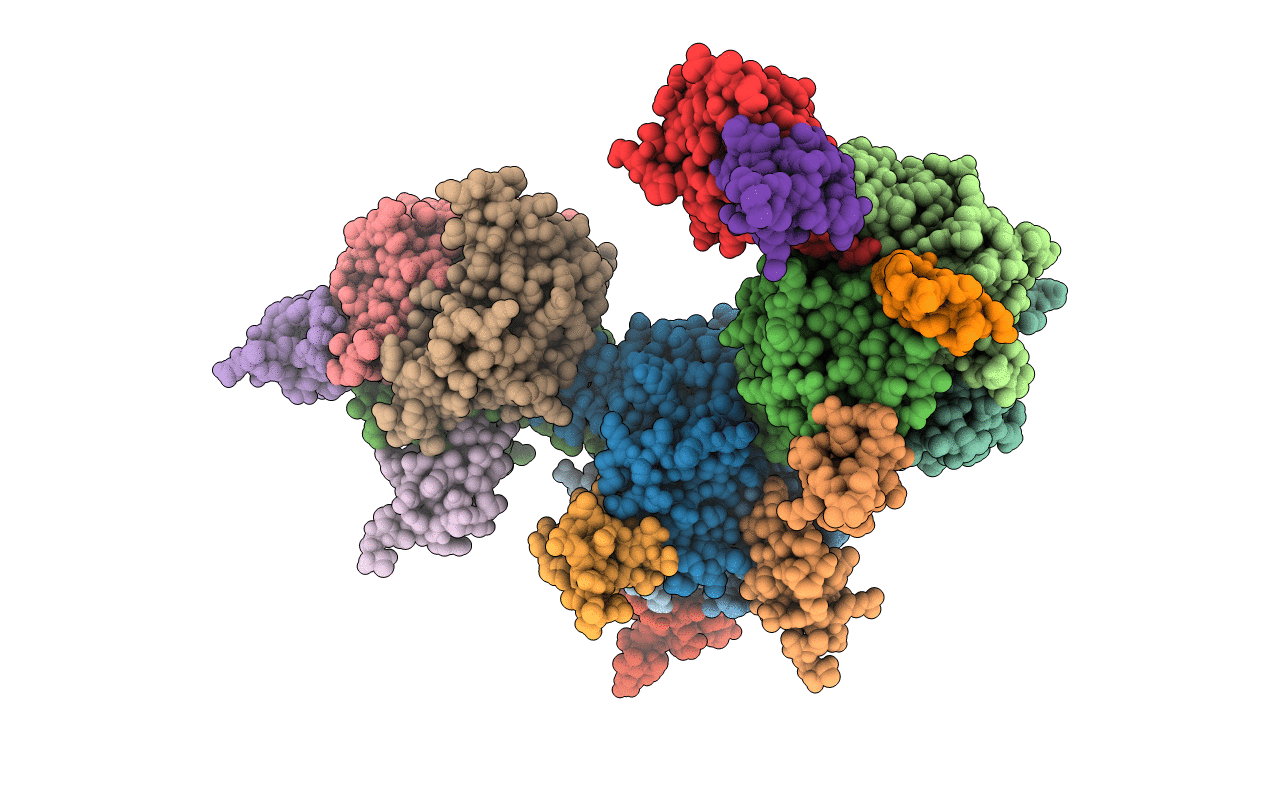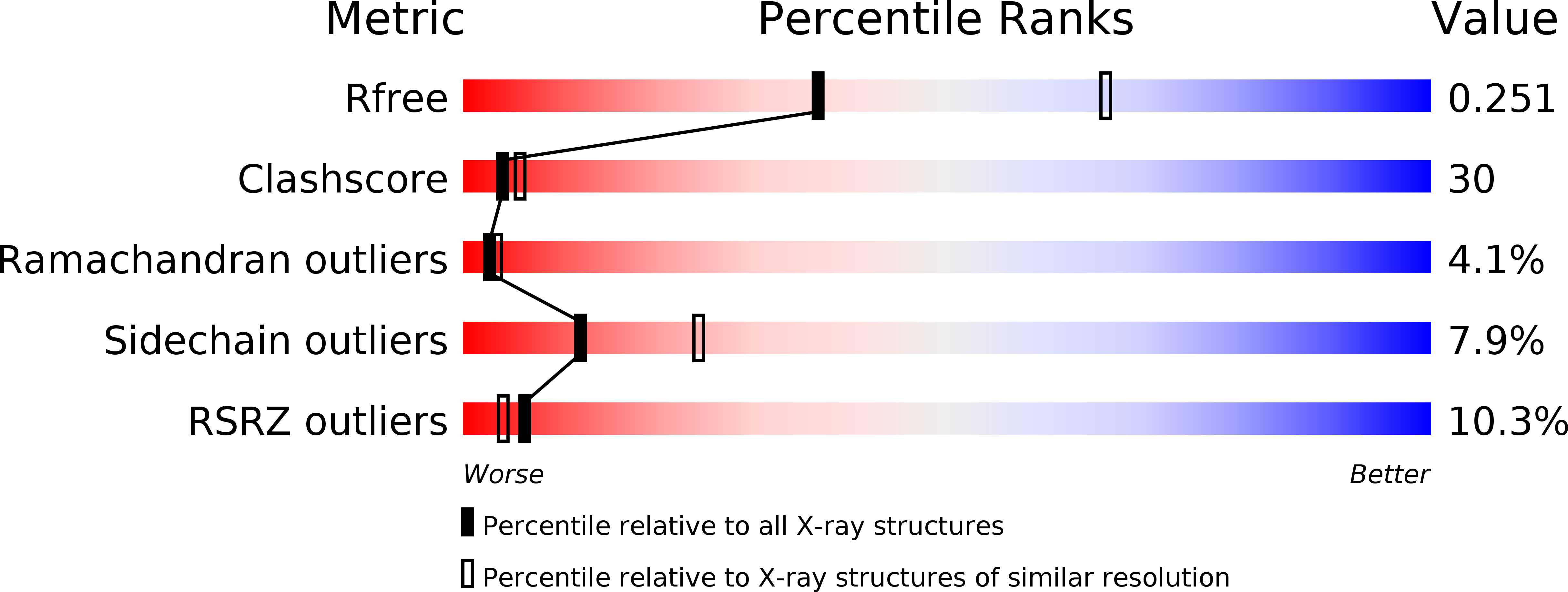
Deposition Date
2003-03-07
Release Date
2003-05-13
Last Version Date
2024-11-13
Method Details:
Experimental Method:
Resolution:
2.60 Å
R-Value Free:
0.26
R-Value Work:
0.24
R-Value Observed:
0.24
Space Group:
P 63 2 2


